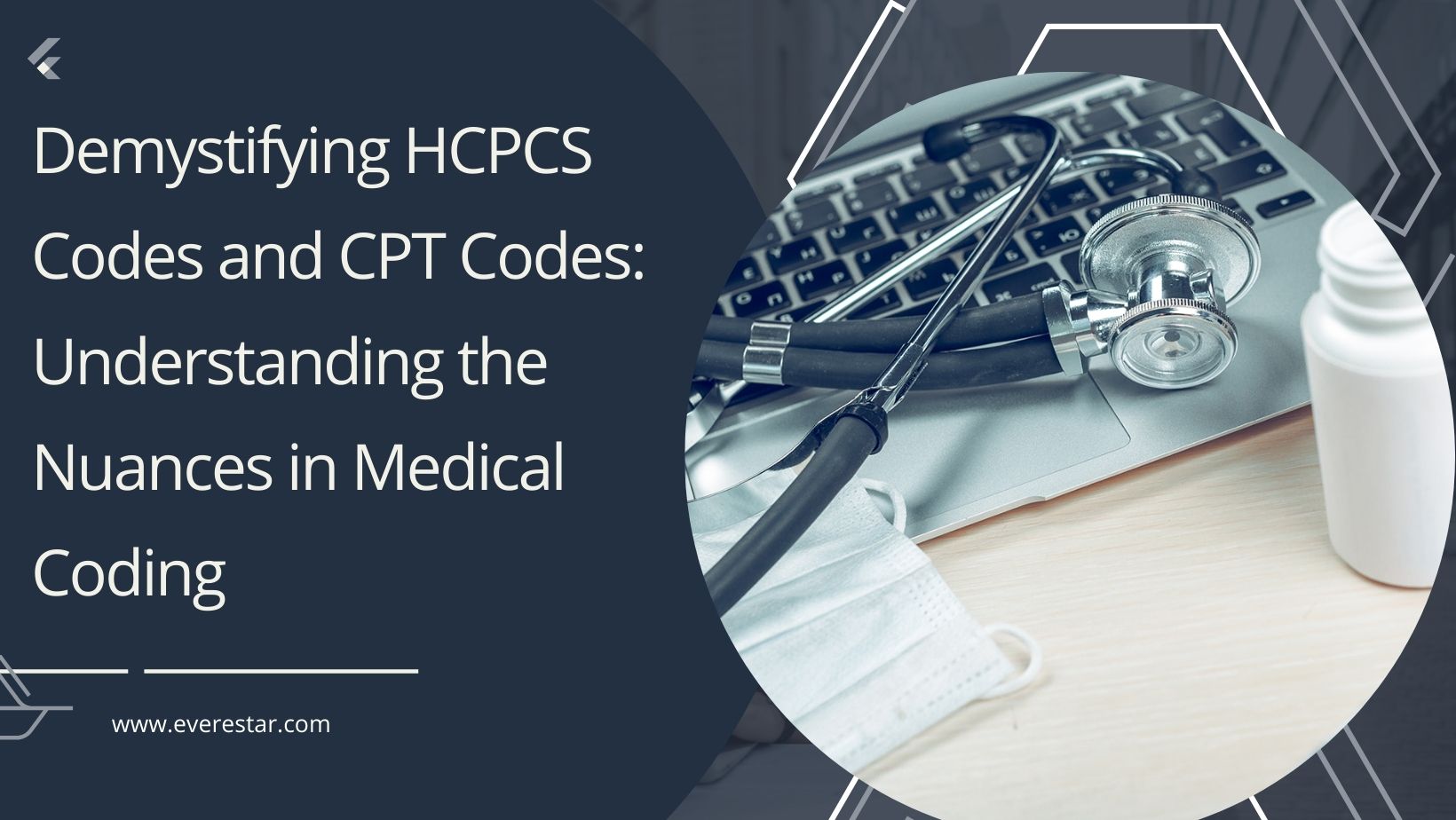In the intricate world of medical billing, the accurate assignment of codes is paramount. Among the various coding systems, HCPCS (Healthcare Common Procedure Coding System) and CPT (Current Procedural Terminology) codes stand out as foundational tools. Let’s delve into the nuances of each to comprehend their roles and distinctions.
HCPCS Codes:
HCPCS codes constitute a comprehensive system for identifying and billing healthcare services, procedures, and supplies. Structurally, they consist of an alphabetic character (denoting the code’s category) followed by four numeric digits. Level I HCPCS codes are synonymous with CPT codes, encompassing medical procedures and services. Conversely, Level II HCPCS codes, while also alphanumeric, delineate supplies, equipment, and services not classified under CPT.
CPT Codes:
CPT codes, devised by the American Medical Association (AMA), categorize a vast array of medical procedures and services. Each code comprises five numeric digits, organizing medical interventions into distinct categories:
- Evaluation and Management (E/M) codes
- Anesthesia codes
- Surgery codes
- Radiology codes
- Pathology and Laboratory codes
- Medicine codes
Differences Between HCPCS and CPT Codes:
- Scope of Use: HCPCS codes encompass a broader spectrum of healthcare, incorporating supplies and services beyond medical procedures, while CPT codes primarily focus on procedural interventions.
- Level of Detail: CPT codes provide granular details about specific medical procedures within each category, offering more comprehensive descriptions compared to Level II HCPCS codes.
- Licensing and Maintenance: The Centers for Medicare and Medicaid Services (CMS) oversee HCPCS, whereas the American Medical Association maintains CPT codes.
- Usage in Medical Billing: Both HCPCS and CPT codes play pivotal roles in medical billing, enabling accurate reporting and reimbursement for healthcare services rendered.
- Cross-Referencing: Some Level II HCPCS codes cross-reference to CPT codes and vice versa, facilitating interconnectivity between the two coding systems.
Conclusion:
Mastering the intricacies of HCPCS and CPT codes is indispensable for proficient medical coding and billing. Understanding their nuances empowers healthcare professionals and coders to navigate the complex landscape of healthcare reimbursement with precision and accuracy. As these coding systems evolve to accommodate changes in healthcare delivery, staying abreast of updates ensures compliance and proficiency in medical coding practices.

